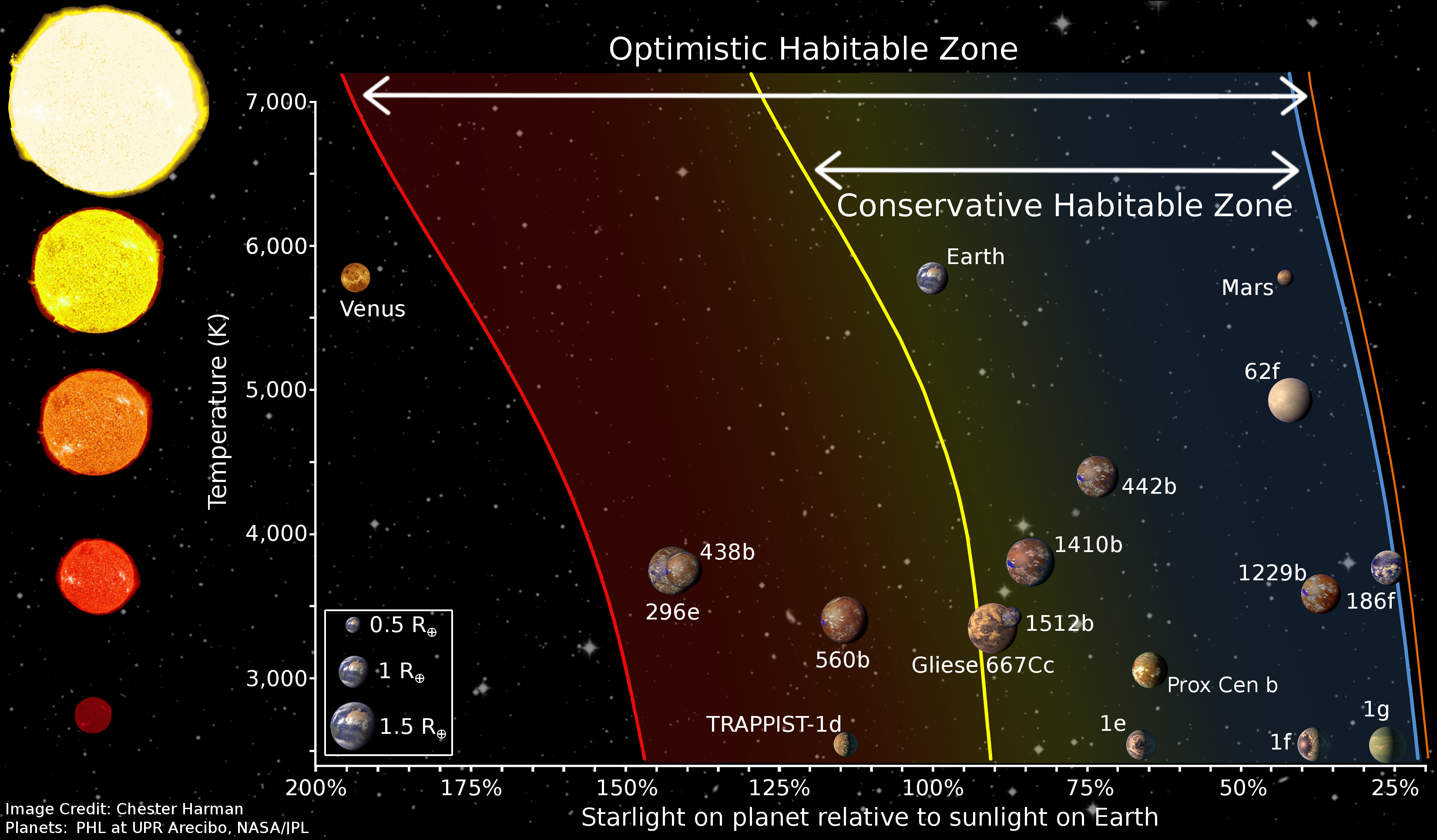From planetary systems to galactic scales

Rocky extrasolar planets are common, and a large fraction of the existing confirmed population occupies the temperate zone (or ‘circumstellar habitable zone’, CHZ) around their host star, where the presence of liquid water is in principle possible. According to statistical estimates, based on existing data, there could be billions of earth-like planets in our Galaxy. However, much has to be done to prove that any of these planets is in fact habitable. Based on what we know about the history of Earth and life, habitability requires a convergence of astrophysical, chemical and geological factors whose frequency cannot yet be established on empirical grounds for known exoplanets: among them, a suitable atmosphere, a large-scale magnetic field, perhaps volcanism and a tectonic activity, and so forth. Thus, one of the main aims of current research is arriving at a better understanding of the factors which influence planetary habitability. Much theoretical work is needed to model the habitability of a planet under various conditions, including all possible astrophysical mechanism involved in the process. This will help us interpreting the flood of data on exoplanets which will arrive in the next decades from ground-based and space-based observatories, and in identifying the key observables that could reveal the presence of hospitable environments on these worlds.
Some studies have also entertained the possibility that habitability may in part depend on conditions on an even larger scale, such as the location in the galaxy (hence the concept of a ‘galactic habitable zone’, GHZ) or the epoch in cosmic history. Among the factors that can make some regions of the galaxy more suitable for the appearance of life-friendly environments are the availability of heavy chemical elements (i.e. the ‘metallicity’), a low probability of nearby catastrophic events (such as supernovae explosions) and a low level of background ionizing radiation, for example from the supermassive black hole in the galactic core. These issues still require a thorough assessment, and are the subject of ongoing investigation.
Related Researchers
A. Balbi, F. Tombesi
Related Projects
WorkPackage H1: Planetary habitability on galactic scales
